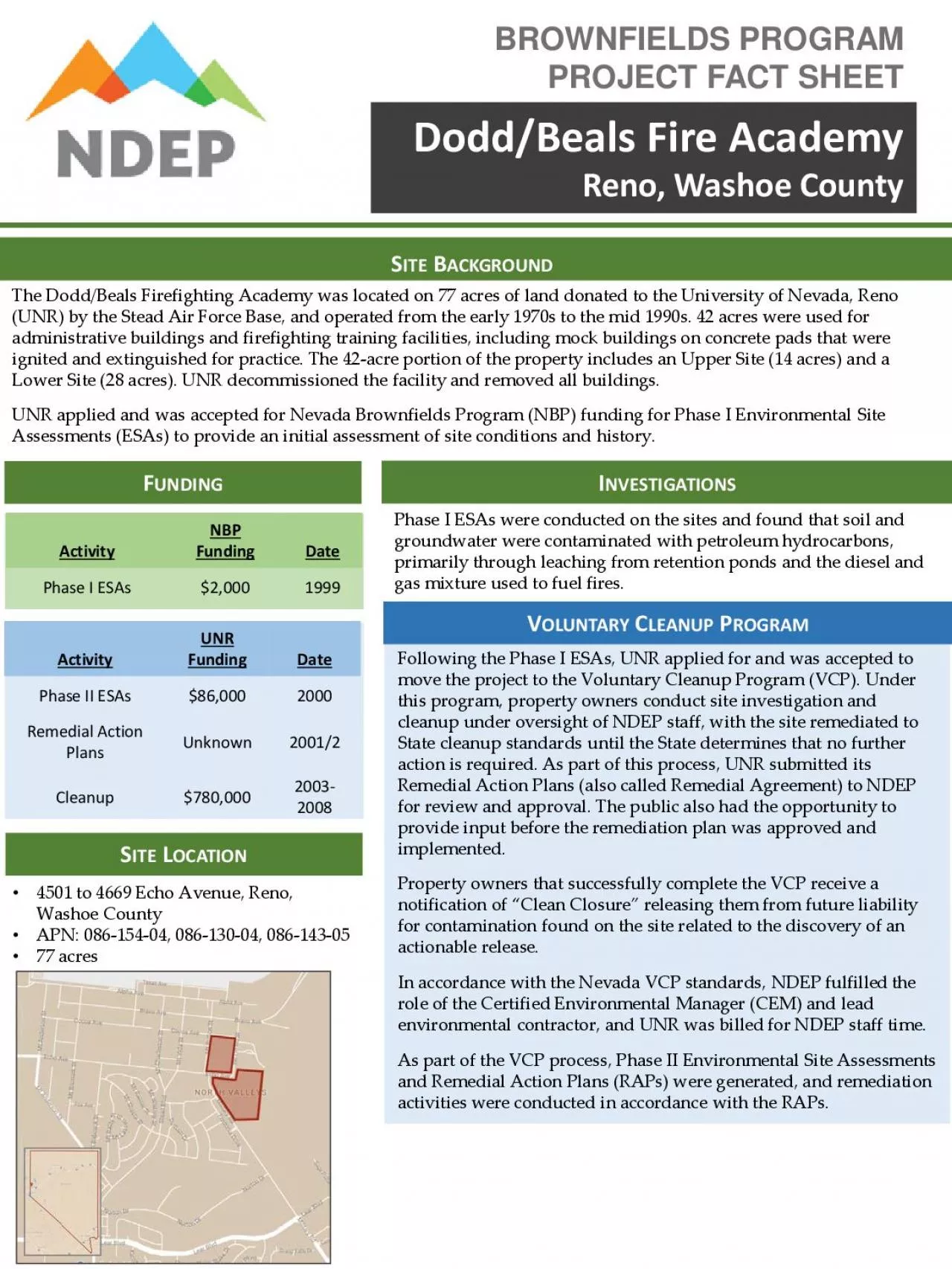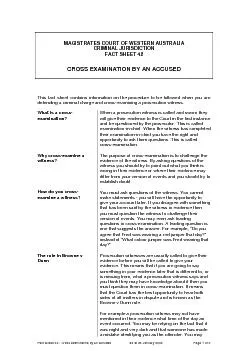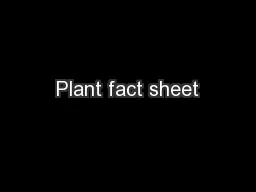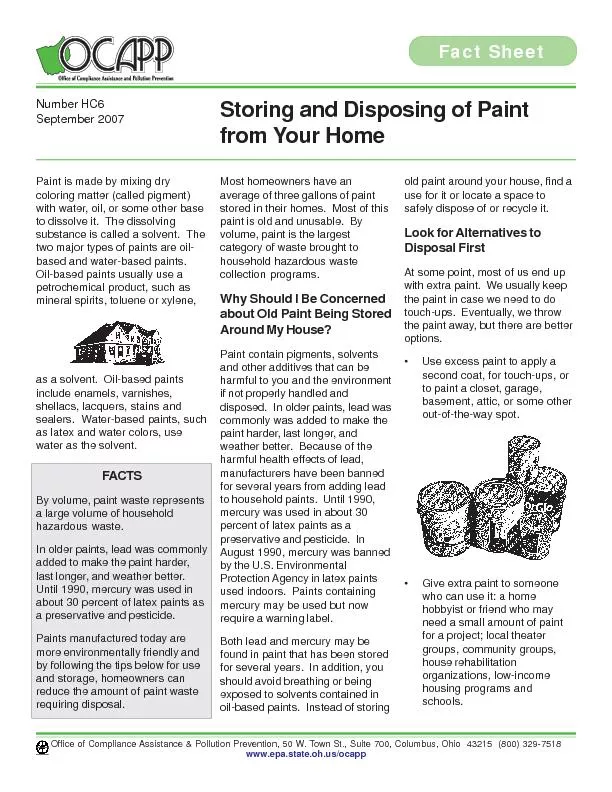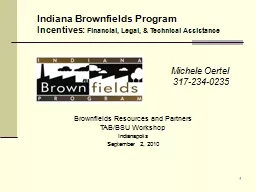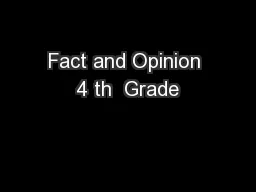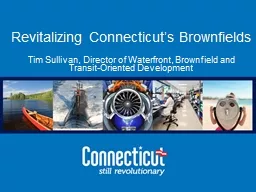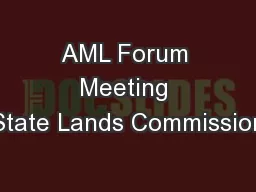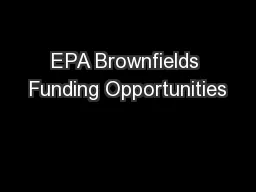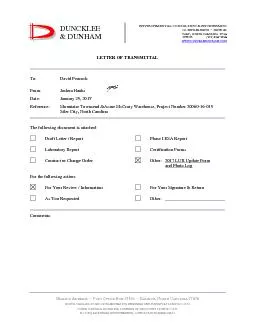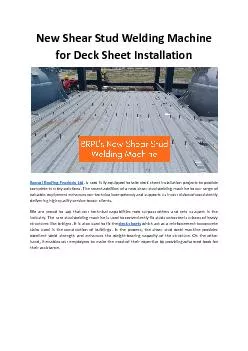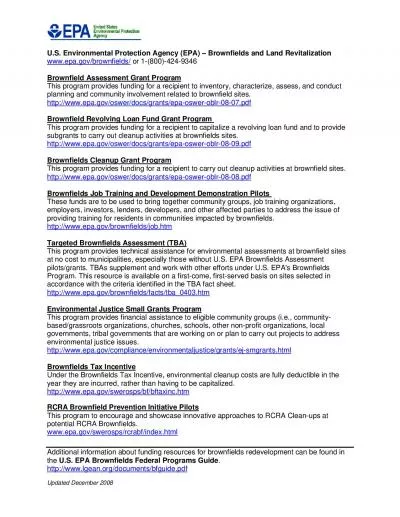PDF-BROWNFIELDS PROGRAMPROJECT FACT SHEET
Author : nicole | Published Date : 2022-08-16
DoddBealsFire AcademyReno Washoe County ITEOCATION4501 to 4669 Echo Avenue Reno Washoe CountyAPN 08604 08604 086 The DoddBealsFirefighting Academy was located on
Presentation Embed Code
Download Presentation
Download Presentation The PPT/PDF document "BROWNFIELDS PROGRAMPROJECT FACT SHEET" is the property of its rightful owner. Permission is granted to download and print the materials on this website for personal, non-commercial use only, and to display it on your personal computer provided you do not modify the materials and that you retain all copyright notices contained in the materials. By downloading content from our website, you accept the terms of this agreement.
BROWNFIELDS PROGRAMPROJECT FACT SHEET: Transcript
Download Rules Of Document
"BROWNFIELDS PROGRAMPROJECT FACT SHEET"The content belongs to its owner. You may download and print it for personal use, without modification, and keep all copyright notices. By downloading, you agree to these terms.
Related Documents

